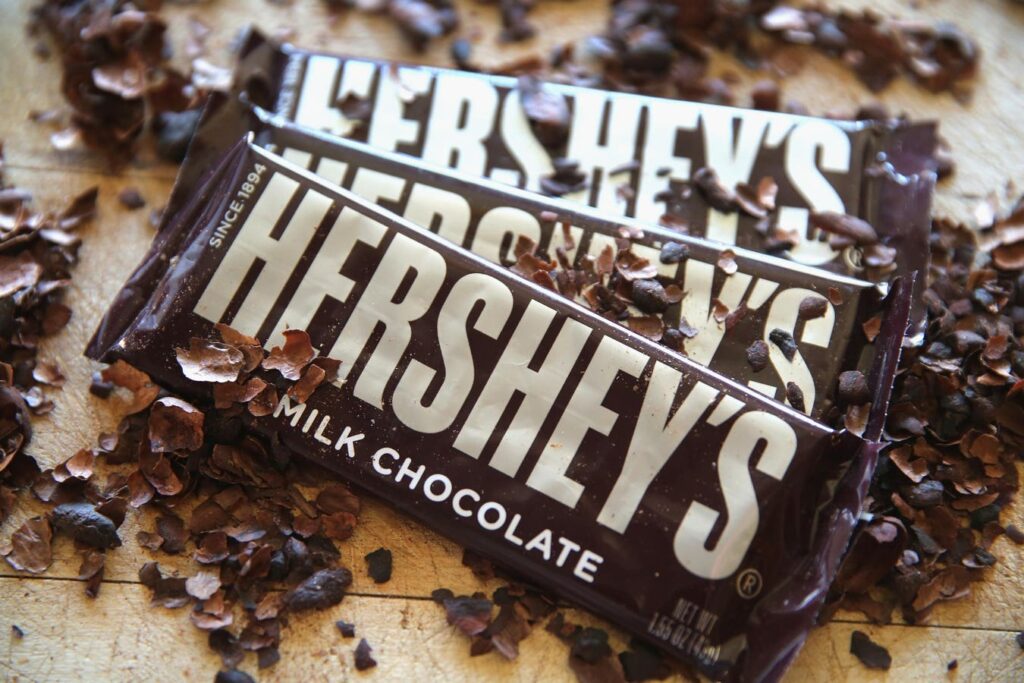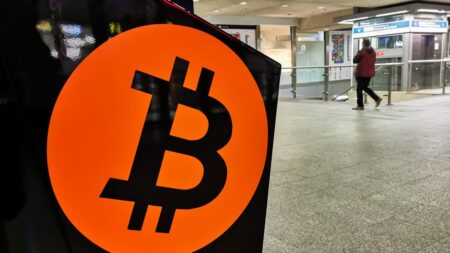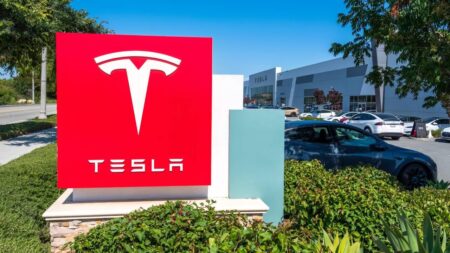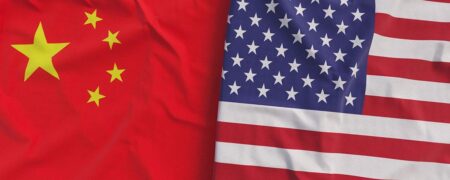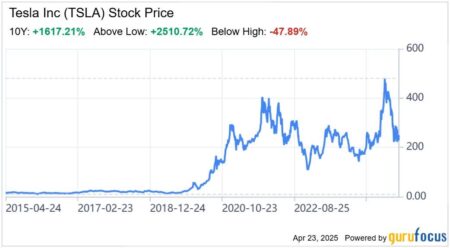Trade war volatility rages on—and we contrarians are playing offense and defense with a “homegrown” stock whose dividend has skyrocketed in the last five years.
This unsung stock soared double-digits in the 2022 mess—and it’s doing so again. More on that history in a second.
First, that skyrocketing dividend is the key to our “offense” here. That’s because dividend growth is the No. 1 predictor of stock gains—and a rising payout is the ultimate “magnet,” pulling share prices higher as it grows.
And this company’s stock has fallen well behind its payout growth, handing us a “sweet” (hint!) current yield of 3.3%. With more payout growth “baked in” (another hint!), we can expect that “starter yield” to rise over time, on a buy made today.
Defense? Well, this one has a policy of making its products where it sells them, so it has little to worry about from tariffs.
All right, I’ll knock off the teasing here. I’m talking about The Hershey Co. (HSY), a stock we hold in the portfolio of my Hidden Yields advisory. It really needs no introduction: Everyone knows these brands.
Tariffs? This Soaring Dividend Knows All About ’Em
Since its founding in Pennsylvania back in 1894, Hershey has seen it all on the trade and economic fronts. Tariffs? What’s old is new again for this historic firm: The average US tariff rate on imports was around 20% when it was founded in 1894, according to Statista.
And of course, the company endured the Great Depression (when the famed Smoot-Hawley Tariff Act saw another spike in protectionism, and tariffs).
In fact, it not only endured the Depression, it started paying out regular dividends in the thick of it—in 1930, to be exact. The company has maintained payouts ever since, and in the last few years has dropped ever-larger increases on investors, culminating in its latest, a 32% hike, announced a little more than a year ago (more on that in a moment).
Maybe its experience with high tariffs is what drove the company to make its products where it sells them: In the US, the bulk of its snack foods are made in, well, Hershey, Pennsylvania, as well as at plants in Virginia, Tennessee, Utah and Illinois.
It also operates in a range of other nations, including Brazil, Canada, India and Malaysia, and Mexico. The fact that these plants mainly sell in the regions in which they operate is another “tariff plus” if those countries slap retaliatory tariffs on products they import from the US.
Cost Overhang Turns Into a Tailwind For This Soaring Dividend
As I mentioned a second ago, a bit over a year back, Hershey dropped a 32% payout hike on investors, part of an ever-increasing range of hikes that started in 2021.
Normally, a hike like that would send the stock on a “sugar high” (okay, I’ll really stop now!), as investors took note and bid the share price up in lockstep. But that didn’t happen this time—which is the first part of our buying opportunity here:
Cocoa supply was the culprit for Hershey’s malaise. World production peaked back in 2021, followed by two consecutive declines in cocoa harvests. US imports fell off a cliff, from an average of 425,000 metric tons annually to only 198,000 metric tons in 2023 and 2024.
Cocoa is a big input cost for Hershey, about 20% of the cost of goods sold, so higher cocoa prices hit the bottom line directly. You can see the stock moving counter to cocoa prices in the chart below:
Then, a funny thing happened—the price of cocoa continued higher, but Hershey’s FCF rebounded. Management began a two-year restructuring plan with the goal of saving $300 million through increased automation and streamlined production.
Cocoa prices have been quietly easing, as we saw in the previous chart. Cheaper chocolate will bring more profits and boost Hershey shares, as they have in the past.
Which brings me back to where we started: tariffs. After the Trump Administration paused its reciprocal tariffs, we’re left, at least for now, with the baseline 10% global tariff, including on major cocoa exporters to the US, such as Ivory Coast, Ecuador, Ghana, the Dominican Republic and Papua New Guinea.
That’s not great, obviously, but it’s priced in, with the stock trading at 15-times trailing-12-month earnings, well below the five-year average of 25.
And one last thing: This stock is a standout for its low-volatility, with a five-year beta rating of 0.28, meaning it’s less than a third as volatile as the S&P 500.
So if the market is down, say, 3% on a day, Hershey should only be down less than 1%. But the reality is much better than that: HSY actually gained 22% in the dumpster-fire year that was 2022, while the average S&P 500 stock dropped 18%!
It’s pulling a repeat this year, too—only down about 2% on a total-return basis, as of this writing, compared to a negative 10% return for the S&P 500.
It’s a rare stock that gives us both strong upside and low volatility—and the mainstream crowd has totally missed this. Let’s take advantage of their delayed reaction and buy HSY now.
Brett Owens is Chief Investment Strategist for Contrarian Outlook. For more great income ideas, get your free copy his latest special report: How to Live off Huge Monthly Dividends (up to 8.7%) — Practically Forever.
Disclosure: none
Read the full article here







